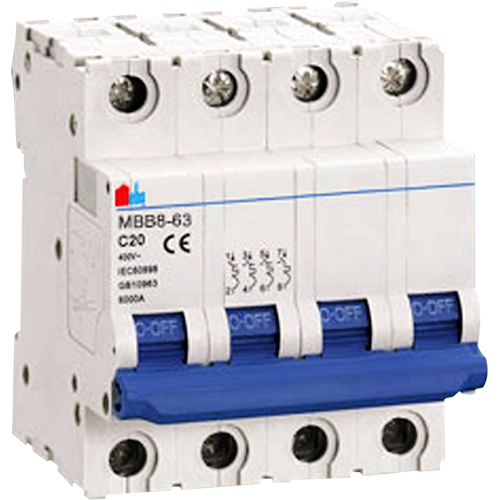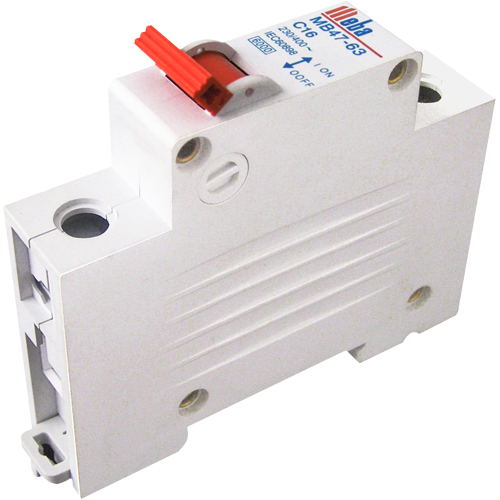A vital safety tool that guards electrical circuits against overloading and short circuits is a miniature circuit breaker , or MCB. Because of their small size, MCBs are often utilized in residential, commercial, and industrial electrical systems and are perfect for situations where there is a lack of available space.
We will look at the main characteristics, advantages, and operation of microcircuit breakers in this article.

Characteristics of Small Circuit Breakers
Miniature circuit breakers have the following important characteristics:
- Compact Size: Because MCBs are much smaller than conventional circuit breakers, they are perfect for use in areas where there is a lack of available space.
- Rapid Response: MCBs can identify and stop electrical problems in milliseconds, which lowers the possibility of causing wire and equipment damage.
- High Breaking Capacity: MCBs can swiftly cut the circuit off to minimize damage to wire and equipment since they are made to handle high fault currents.
- Trip Indication: MCBs include built-in trip indicators that show when the device has tripped visually.
Advantages of Small Circuit Breakers
The use of electric breaker in electrical systems has several advantages, including:
- Increased Safety: MCBs are made to guard against overloading and short circuits, which lowers the possibility of electrical fires and other safety risks.
- Economical: MCBs are a cost-effective safety option for a variety of applications since they are less expensive than conventional circuit breakers.
- Simple to Install: If an MCB is broken or nears the end of its serviceable life, it is simple to replace it.
- Reliable Performance: Because MCBs are built to last for many years, there is less chance of unplanned downtime and maintenance.

How Small Circuit Breakers Operate
To stop damage to equipment and wiring, MCBs operate by identifying abnormal electrical conditions and terminating the circuit. The MCB will trip and cut the circuit if an abnormal electrical situation is found.
A bimetallic strip, an electromagnetic coil, and a tripping mechanism are the three main parts of an MCB. The electromagnetic coil produces a magnetic field when a fault current is detected, and the bimetallic strip is made to expand and contract in response to temperature variations.
In conclusion, arc fault breaker and tiny circuit breakers are crucial safety equipment that guards electrical circuits against overloading and short circuits. They are affordable, simple to install, and offer dependable performance for many years. Your electrical system may be made safer and the possibility of equipment and wire damage is decreased by employing MCBs.
Follow us on Twitter

